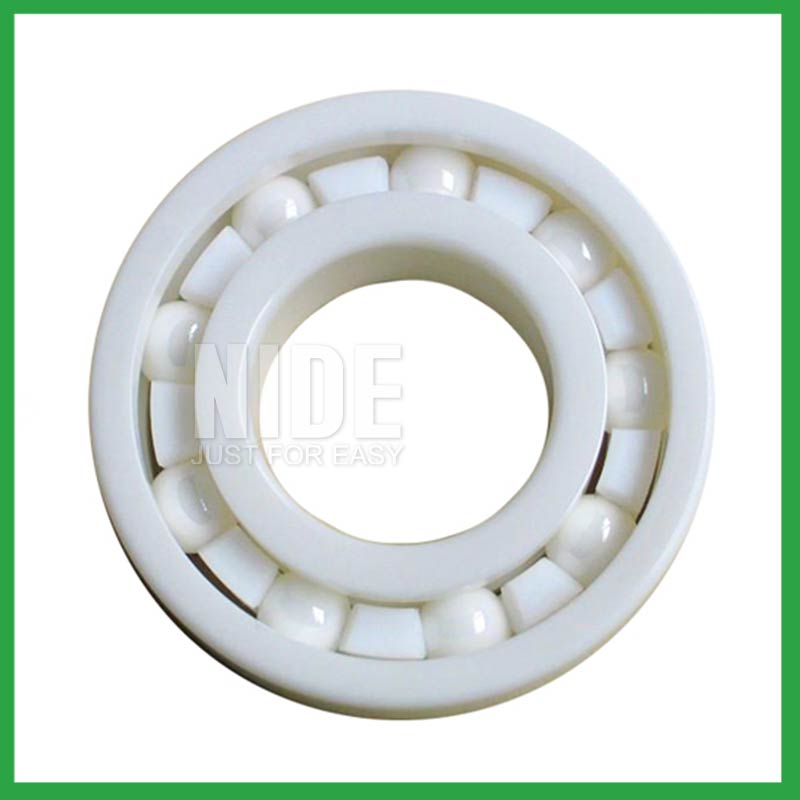PRODUCTS
CONTACT US
Ningbo Nide International Co., Ltd.
一一
· Contact person:Jack Zeng
· Mob/Whatspp/WeChat:0086-13738869026
· Email:emarketing@nide-group.com;marketing4@nide-group.com
· Add:No. 169, Wohushan Road, Daqi Subdistrict, Beilun District, Ningbo, China

Nide team could manufacture ball bearing as per customer’s drawing and samples.
If customer only has samples, we could also design drawing fo r our customer.
We also provide customized service.
Our ball bearing is widely applied the different industrials.
Haishu Nide International Co., Ltd produces and supplies ball bearings.We have professional technical manpower for the mixing of polymer raw materials for the insulation coating of bearings, production of products, and quality control. We will grow together with customers with accurate quality, fast delivery and competitive prices.
In years of practice, we have established a strict quality assurance system. Our product range covers ball bearing,magnet,shaft,carbon brush,insulation paper,fan, etc. They are widely used in fields such as servo motor,fan motor,single and three phase induction motor,air condition motor,electric automotive motor,compress motor,water pump motor,washing machine motor. We can produce OEM products and make the following drawings. Our principle is to prioritize service and quality!
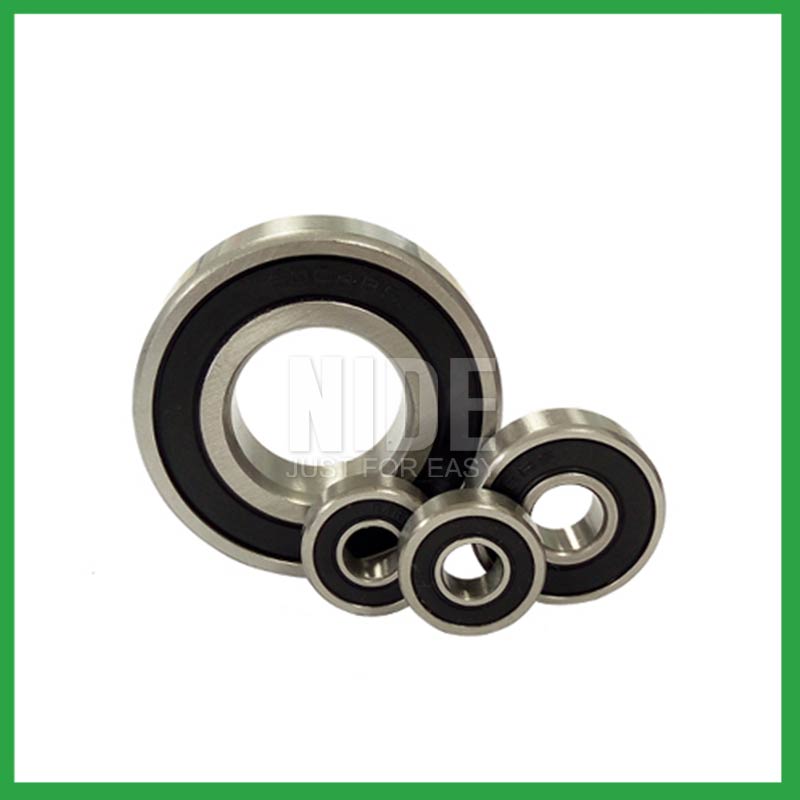
| Parameter | Information |
|---|---|
| Product Name | ball bearing washers |
| Brand Name | NIDE |
| Place of Origin | Ningbo,Zhejiang |
| Material | stainless steel, etc. |
| Structure | Deep Groove |
| Color | Customized Color |
| Delivery Time | 5-7days |
| Port | Ningbo/Shanghai |
| Export region | Africa,Asia,Oceania |
| Export Country | India,Brazil,South Korea,Europa Island,Vanuatu,Tromelin Island,Cayman Islands...etc |
| Application | various industrial equipment,chemical equipment, etc. |
| OEM/ODM | Yes |
| Size | Customized size |
| Stock | In Stock |
| Feature | Low Noise,Strong carrying capacity...etc |
| MOQ | 10 pieeces(Specific according to the model) |
| Certification | ISO9001,CE-insulation paper inserting machine,CE-stator coil forming machine,etc |
| Supply Ability | 100000-500000 Piece/Pieces per Month |
| Lubricate | Oil Grease |
| Packaging Details | Suitable for sea transportation |
| Lead time (days) | 15-20 (To be negotiated) |
Please note: The above table data is for reference only. For specific information, please contact us.
Bearings with ball bearings as rolling elements mainly include thrust ball bearings,angular contact ball bearings,self-aligning ball bearings,cylindrical roller bearings, etc.
During the installation process, pollution from dirt and wear media should be prevented;
Temperature and humidity should be controlled to avoid excessive temperatures during startup and operation;
It should be operated and lubricated in the correct reverse direction to avoid unnecessary damage.
Ball bearings have many advantages, making them highly competitive in the market.
Firstly, they are very durable and have good wear performance, making their service life longer than many other types of bearings.
Secondly, they are easy to install and can provide low friction performance in various applications.
Thirdly, they require a relatively low level of maintenance, making them cost-effective.
In addition, compared to many other types of bearings, their purchase cost is relatively low, making them an economical choice.




ball bearing washers---FAQs Guide
2.What is the load distribution within a ball bearing washers, and how does it vary between different bearing configurations?
3.How do ball bearing washers contribute to the overall efficiency and energy savings in industrial machinery and transportation systems?
4.Are there ongoing research and development efforts aimed at improving ball bearing washers materials, designs, and lubrication techniques?
5.As a ball bearing washers manufacturer,How Can We Guarantee Quality?
6.About ball bearing washers,Can I add my own logo?
7.What are the common materials used in ball bearing washers manufacturing?
8.What are the advancements and innovations in ball bearing washers technology that have emerged in recent years?
9.What is the typical noise level associated with ball bearing washers, and how are noise-reduction techniques applied?
10.Can ball bearing washers handle shock loads and high-impact conditions in heavy machinery?
11.Can ball bearing washers operate in high-temperature environments like industrial ovens or furnaces, and how are they protected from heat-related damage?
12.How do manufacturers ensure the quality and reliability of ball bearing washers through material selection and precision machining?
13.Are there self-aligning ball bearing washers that accommodate misalignment and shaft deflection in rotating equipment?
14.Are there specific ball bearing washers designed for applications in the aerospace and aviation industries, and what standards do they adhere to?
15.How do ball bearing washers handle radial loads, axial loads, and combined loads, and what are their load-carrying capacities?
16.What are the considerations for selecting sealed or shielded ball bearing washers to protect against contamination and retain lubrication?
1.How do manufacturers address concerns related to bearing noise and vibration in sensitive equipment?
From a ball bearing washers manufacturing perspective, a low noise or vibration rating is achieved by paying attention to the surface finish of the raceways and balls, their roundness, and selecting the correct cage design. Finely filtered low noise greases can also be used to reduce vibrations.
2.What is the load distribution within a ball bearing washers, and how does it vary between different bearing configurations?
The load distribution between the rolling elements and raceway is crucial in performance evaluation of rolling element bearings. Determine the load distribution by measuring the strain response at the bearing surface with a notched housing. Finite element analysis shows that the introduction of notches does not affect the load distribution. An experimental system was developed to investigate the load distribution in a cylindrical roller bearing. The experimental static load distribution agrees well with the theoretical calculation. The dynamic load at specific position of load zone reflects the manufacture difference among rollers and dynamic balance of distributing loads.
3.How do ball bearing washers contribute to the overall efficiency and energy savings in industrial machinery and transportation systems?
The balls roll along the raceway, allowing for smooth rotation of the machinery or equipment. Ball bearings are used to support rotating, reduce friction and support radial and axial loads in high-load, high-speed applications where reliability and efficiency are critical.
4.Are there ongoing research and development efforts aimed at improving ball bearing washers materials, designs, and lubrication techniques?
A custom ball bearing washers can satisfy almost any customer’s needs. Your application may need a needle roller or ball bearing, a radial or angular contact design, a plain carbon steel bearing with anti-corrosion coatings or stainless steel, a thrust bearing or a spherical bearing, tight or loose radial play, sealed or non-sealed designs
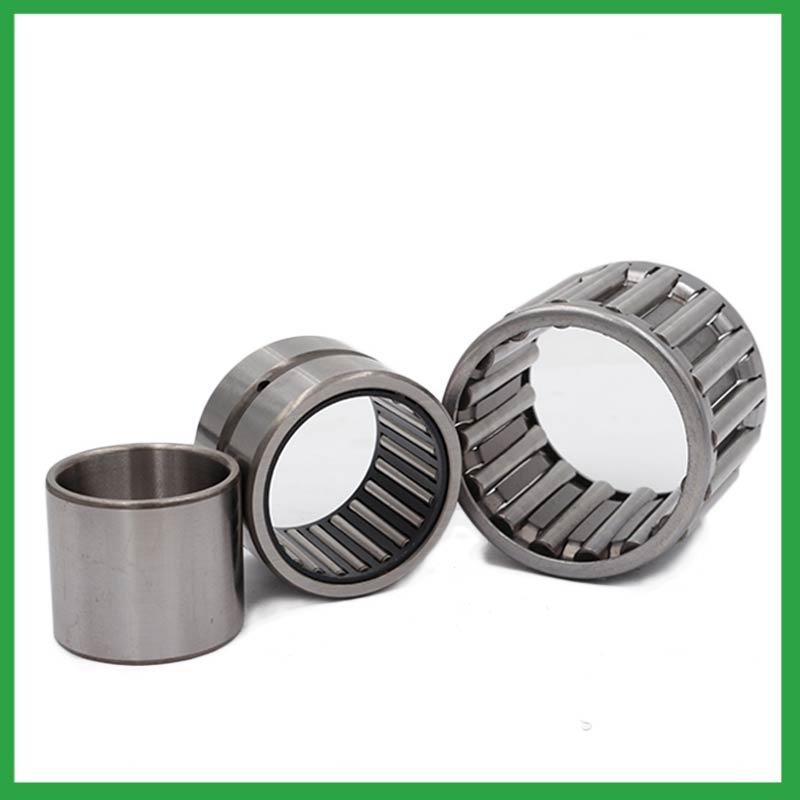
5.As a ball bearing washers manufacturer,How Can We Guarantee Quality?
Always a Pre-production Sample Before Mass Production;Always Final Inspection Before Shipment.
6.About ball bearing washers,Can I add my own logo?
Yes, you can add your logo on bearings and packing box. We supply OEM SERVICE including bearing's size, logo, packing, etc.
7.What are the common materials used in ball bearing washers manufacturing?
Most ball bearing washers are made of a type of steel known as high carbon chromium steel, often called chrome steel. This is used for reasons of cost and durability. Bearings are also made from other materials such as stainless steel, ceramics and plastic.
8.What are the advancements and innovations in ball bearing washers technology that have emerged in recent years?
Significant advancements have been made in ball bearing washers steels over the years. Modern, ultra-clean bearing steels contain fewer and smaller non-metallic particles, giving ball bearings greater resistance to contact fatigue.
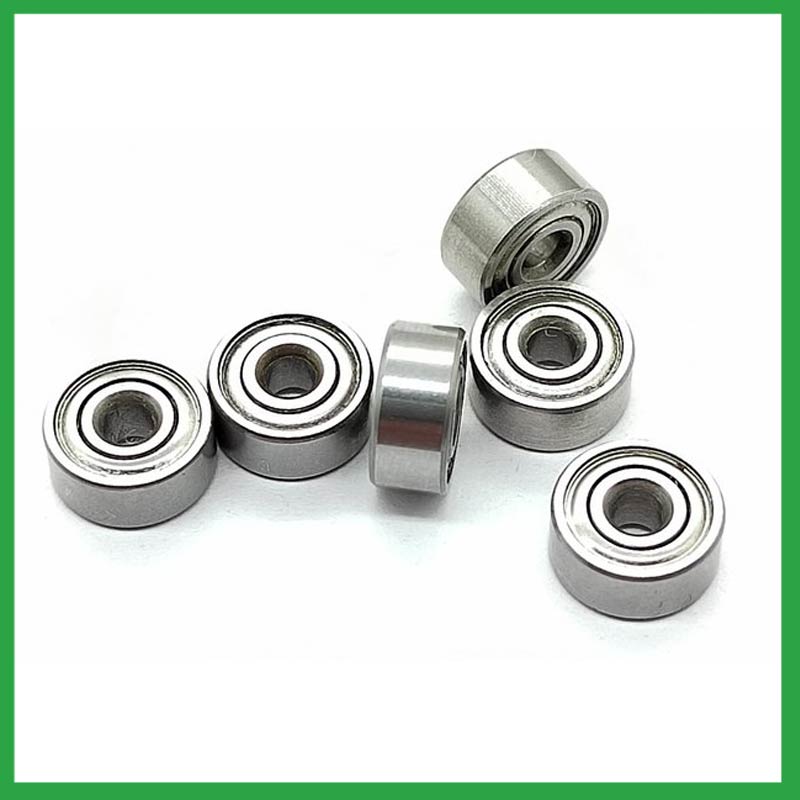
9.What is the typical noise level associated with ball bearing washers, and how are noise-reduction techniques applied?
To measure in accurate way the ball bearing washers noise under rotation during their manufacturing process is a key activity particularly in the production of medium, small and ultra-small deep groove ball bearings. This capability in bearings noise analysis has become the real distinguishing element between a standard bearings noise equipment and a superior class one.
The various types of vibration and sound in rolling bearings can be grouped in four main categories: structural, manufacturing, handling and other. The structural vibration consists mostly of race, click, squeal and cage noise: it can be continuous or intermittent depending on specific cases. The manufacturing vibration is instead related to the waviness noise generated by the geometrical imperfections of inner and outer ring and of rolling elements, being always continuous in nature. The so-called handling vibration is normally associated with flaw and contamination and is generating – in most of the cases – irregular noise. Then there are other types of vibrabition that include noise generated by sealing and lubricant (irregular) or by runout (continuous).
10.Can ball bearing washers handle shock loads and high-impact conditions in heavy machinery?
As a general rule, ball bearing washers are used at higher speeds and lighter loads than are roller bearings. Roller bearings perform better under shock and impact loading. Ball bearings tolerate misalignment better than roller bearings do. Roller bearings can handle heavy combined radial and thrust loads.
11.Can ball bearing washers operate in high-temperature environments like industrial ovens or furnaces, and how are they protected from heat-related damage?
ball bearing washers are capable of working at temperatures up to +842°F (+450 °C). Special lubricants, seals and coatings make this possible by protecting the ball bearings from heat damage.
12.How do manufacturers ensure the quality and reliability of ball bearing washers through material selection and precision machining?
High-precision measuring instruments, such as micrometers and gauges, are used to check the dimensions of the rings and balls to ensure they meet tight tolerances. Surface Finish Inspection: Surface finish is assessed using profilometers to ensure the required smoothness and low friction characteristics.
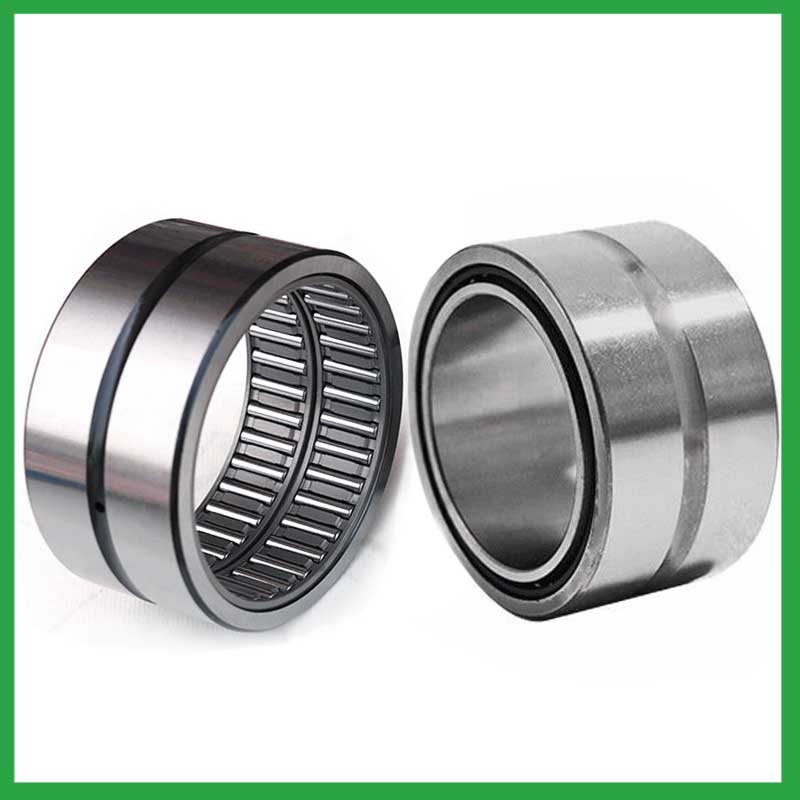
13.Are there self-aligning ball bearing washers that accommodate misalignment and shaft deflection in rotating equipment?
These ball bearing washers are particularly suitable for applications where misalignment can arise from errors in mounting or shaft deflection. A variety of designs are available with cylindrical and taper bores, with seals and adapter sleeves and extended inner rings.
14.Are there specific ball bearing washers designed for applications in the aerospace and aviation industries, and what standards do they adhere to?
Airframe control ball bearing washers are specialized bearings tailored for aircraft structures, particularly control systems and surfaces. Designed for low-speed oscillatory applications, they offer precision and support, effectively managing misalignments and flight-induced stresses.
Airframe Control bearings are lightweight, corrosion-resistant, grease-lubricated, and are sealed on most occasions. They come in precision grades for running accuracy.
15.How do ball bearing washers handle radial loads, axial loads, and combined loads, and what are their load-carrying capacities?
The type of bearing used also varies between these loads. While deep-groove ball bearing washers are better equipped to handle radial loads, thrust ball bearings are designed for axial loads. However, it's essential to note that most bearings, such as angular contact ball bearings, can handle both radial and axial loads.The Bearing Static Capacity, Co, is the maximum load that can safely be applied to a non-rotating bearing that will not cause subsequent bearing operation to be impaired. It is based on calculated contact stress at the center of the most heavily loaded rolling element where it contacts the Inner Race.
16.What are the considerations for selecting sealed or shielded ball bearing washers to protect against contamination and retain lubrication?
First, the environment in which your ball bearing washers operate in can help you identify potential contaminants, allowing you to select your shields or seals accordingly. For example, shielded bearings have a gap that can allow finer contaminants or water from washdown applications to enter the bearing and get into the raceways.The challenge for sealing bearings is to seal the bearing by protecting the bearing from contaminants and running efficiencies.
